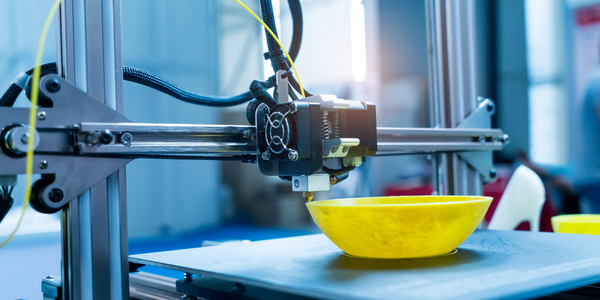Digital Twin

The digital twin is a digital replica of a living or non-living physical entity. Digital twin refers to a digital replica of potential and actual physical assets (physical twin), processes, people, places, systems and devices that can be used for various purposes. The digital representation provides both the elements and the dynamics of how an object operates throughout its lifecycle. Definitions of digital twin technology emphasize two important characteristics. Firstly, each definition emphasizes the connection between the physical model and the corresponding virtual model. Secondly, this connection is established by generating real-time data using sensors to provide an evolving perspective into the current status of the physical object. The concept of the digital twin can be compared to other concepts such as cross-reality environments or co-spaces and mirror models, which aim to, by and large, synchronise part of the physical world with its cyber representation.
Improved Asset Performance and Reliability: Businesses leverage digital twins to monitor, analyze, and optimize the performance of assets, such as machinery, equipment, buildings, and infrastructure. By creating digital twins of assets, businesses can gain insights into asset behavior, identify potential issues, and proactively address maintenance and performance optimization opportunities to improve reliability and uptime.
Enhanced Product Development and Innovation: Digital twins enable businesses to simulate and validate product designs, test different scenarios, and optimize product performance before physical prototypes are built. By leveraging digital twins in product development processes, businesses can accelerate time-to-market, reduce development costs, and deliver innovative products that meet customer requirements and market demands.
Executives and Decision-makers: Executives view digital twins as a strategic investment that enables data-driven decision-making, improves operational efficiency, and drives business growth. They prioritize digital twin initiatives to gain insights into asset performance, optimize resource utilization, and enhance customer satisfaction by delivering high-quality products and services.
Product Managers and Engineers: Product managers and engineers leverage digital twins to streamline product development processes, validate design concepts, and optimize product performance. They view digital twins as valuable tools for accelerating innovation, reducing development costs, and delivering products that meet customer expectations for quality, reliability, and functionality.
3D Modeling and Simulation Tools: 3D modeling and simulation tools enable businesses to create realistic virtual representations of physical assets, processes, or systems. These tools support the creation of detailed digital twins that accurately reflect the geometry, topology, and behavior of assets, enabling stakeholders to visualize and interact with digital twins for analysis and decision-making.
IoT and Sensor Technologies: IoT devices and sensor technologies provide real-time data about asset performance, condition, and environmental factors. By integrating IoT sensors into digital twin platforms, businesses can collect and analyze sensor data to create dynamic digital twins that reflect the current state of physical assets, enabling predictive maintenance, performance optimization, and operational efficiency.
Cloud Computing and Edge Computing: Cloud computing and edge computing platforms provide scalable, cost-effective infrastructure for storing, processing, and analyzing large volumes of data generated by digital twins. These platforms support real-time data processing, analytics, and visualization, enabling stakeholders to access and interact with digital twins from anywhere, at any time, using any device.
Sensor Data and IoT Connectivity: Sensor data from connected devices and IoT sensors provide real-time information about asset behavior, performance, and environmental conditions. By collecting and analyzing sensor data, businesses can create accurate digital twins that reflect the current state of physical assets, enabling predictive maintenance, performance optimization, and operational efficiency.
Historical Data and Simulation Models: Historical data from past operations, maintenance records, and performance metrics are used to calibrate simulation models and validate digital twin predictions. By integrating historical data into digital twin simulations, businesses can analyze past performance, forecast future behavior, and optimize asset management strategies to improve reliability and performance.
Software Platforms and Tools: Deployment includes the selection, configuration, and integration of digital twin software platforms and tools that support asset modeling, simulation, visualization, and analytics. These platforms provide a user-friendly interface for creating and managing digital twins, enabling stakeholders to access and interact with virtual representations of assets for analysis and decision-making.
Data Integration and Connectivity: Deployment involves integrating data from various sources, such as IoT devices, enterprise systems, and external databases, into digital twin platforms. Data integration ensures that digital twins are populated with accurate, up-to-date information about asset behavior, performance, and condition, enabling stakeholders to make informed decisions based on real-time insights.
Case Studies.





